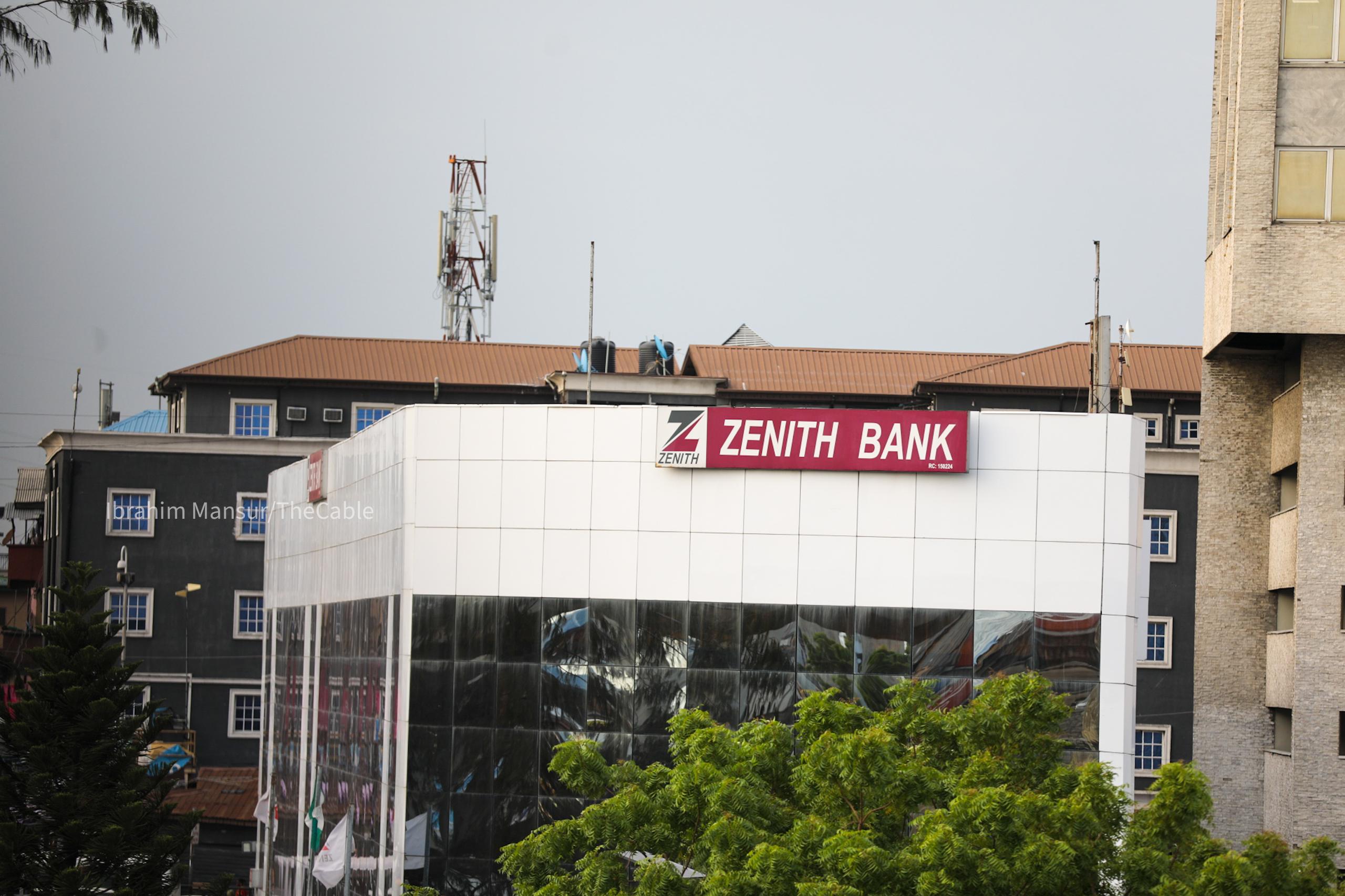Smart Travel Destinations for November
As November approaches, several destinations present themselves as genuinely appealing choices for travelers prioritizing value. Lisbon, Portugal, for instance, typically enjoys mild weather and offers a compelling urban experience without the expense found in many other European capitals, particularly notable in its food and transit costs. In South America, La Paz, Bolivia, provides a dramatically different landscape and cultural immersion at a price point that is significantly lower than comparable destinations, offering unique high-altitude adventures and vibrant local life on a more accessible budget. Similarly, the celebrated beauty of Santorini in Greece transitions into a much more pragmatic option in November. While the famous caldera views remain stunning, the overwhelming summer crowds dissipate, leading to a far more relaxed experience and, crucially, more favorable pricing on accommodation and other services, proving that experiencing these iconic locations outside peak season often brings considerable advantages. Identifying spots that balance rich experiences with noticeable value is certainly achievable this November.
Observation geometry shifts significantly in high-latitude areas as November progresses. The increasing duration of darkness isn't just 'more dark'; it translates to a greater total time window for atmospheric light phenomena, specifically auroral displays. While solar activity dictates the intensity, having extended hours free from solar illumination provides a higher probability 'capture window'. One must factor in local weather patterns, however; persistent cloud cover renders this increased viewing potential moot.
November coincides with critical phases for the multi-species algorithms guiding vast bird migrations. Identifying destinations situated strategically along major flyway corridors allows for potential observation of large-scale, transient animal aggregations. These are often points of ecological bottleneck, vital for species energy replenishment before subsequent journey legs. Successfully witnessing these requires specific geographic knowledge and recognizing that these biological schedules can be subtly modulated by climatic variables.
The seasonal completion of grape processing in numerous viticultural zones positions November as a period when the initial outputs of the recent harvest may become accessible. This can manifest as specific 'first wine' releases or, in some cases, limited opportunities to see immediate post-fermentation stages. It offers a narrow temporal window to connect with the very beginning of the vinification cycle, distinct from later aging processes, though the quality profile at this early stage can be highly variable and not all producers facilitate such access.
Mid-latitude locations experience a pronounced decrease in solar elevation angle during November. This particular orbital configuration physically extends the period where sunlight diffuses optimally through the atmosphere, often referred to visually as the 'golden hour'. For those interested in visual recording or simply observing landscapes under less harsh illumination, this offers prolonged conditions. Nevertheless, dense atmospheric conditions like fog or significant cloud cover will predictably negate this effect entirely.
The typical cooler, often wetter soil conditions established in many temperate forests by November are conducive to the epigeous (above-ground) reproductive structures of numerous fungi. This environmental state can correlate with peak availability for foraging edible species. Engaging in this activity provides direct interaction with forest ecology. However, it is imperative to recognize the significant, potentially lethal, risks associated with misidentification; this activity should only be undertaken with expert, confirmed guidance.
What else is in this post?
November arrives, offering a different quality of light and atmosphere, and certain regions consistently present more welcoming weather for travelers. Instead of bracing for cold or wet conditions, one can seek out destinations known for retaining pleasant temperatures. Consider places such as Crete, where average highs can still hover around 20°C, providing a remarkably mild environment that feels a world away from the chill settling elsewhere. This comfort allows for leisurely days exploring historical sites or coastal paths without the peak-season intensity. Inland areas, like Tuscany, also enter a period of soft sunlight and comfortable, cool air perfect for enjoying rural landscapes, albeit with the expectation of cooler evenings. Identifying destinations that manage to combine adequate warmth with generally stable conditions allows for a more comfortable and less encumbered travel experience as the year draws towards its close. Finding these spots requires focusing on climates known for this late-season leniency.
Considering regions frequently cited for appealing November conditions, one can note several environmental factors at play. Large-scale oceanic thermal mass exhibits delayed cooling post-summer, a phenomenon amplified by specific warm current flows proximate to coastlines, contributing significantly to moderating adjacent land temperatures well past the typical autumnal decline further inland. Concurrently, the characteristic November positioning of dominant high-pressure systems over certain global bands establishes atmospheric stability, systematically reducing both cloud cover density and total precipitation accumulation over extended periods. From a biological perspective, the seasonal progression involves a widespread cessation of pollination cycles for many flora, resulting in a quantifiable reduction in specific airborne particulates historically associated with hypersensitivity reactions. Furthermore, the psychrometric state of drier November air, defined by substantially reduced dew points, modifies the subjective perception of warmth, making even moderately mild temperatures conducive to greater physical comfort during outdoor pursuits. Finally, this combination of cooler, drier conditions acts as a notable environmental inhibitor for numerous arthropod populations; the diminished presence of flying insect vectors consequently alters the overall human-environment interaction quality in these areas.
Looking towards November, it's worth considering how specific events and activities can significantly shape your travel experience, and thus warrant being factored into the initial planning phase. Mexico provides a prominent example early in the month with its widespread Day of the Dead observances. Destinations like Oaxaca become focal points for intensely vibrant community celebrations featuring parades and lively cultural displays – immersing yourself means accepting the significant crowds drawn to these authentic expressions. Elsewhere, particularly in Italy, the Baccanale festival around Imola extends its focus on local gastronomy into November, offering a distinct culinary angle. Beyond organized events, the natural environment presents specific opportunities; peak periods for observing migratory bird patterns can still occur along certain routes, and for the very cautious and knowledgeable, the right conditions in some wooded areas might present chances for foraging wild fungi, though this activity carries inherent, serious risks demanding absolute expertise. Including such time-sensitive or conditional elements allows for a more deliberate and potentially rewarding November itinerary.
November's arrival correlates with distinct cyclical occurrences that warrant consideration for travel planning. Examining socio-cultural calendars reveals the synchronous timing of significant traditional observances, particularly those centered around early November, generating predictable, intense periods of activity and potentially high visitor density in specific locales renowned for these practices. This constitutes a peak observational window into certain community dynamics.
Furthermore, the culmination of various agricultural cycles in autumn frequently underpins region-specific gastronomic events or harvest-related celebrations. Identifying these moments allows engagement with the immediate output and associated cultural narratives tied to seasonal food production. One must verify the actual event timing and public accessibility, as these vary considerably.
Analysis of cultural programming within urban centers consistently shows a noticeable uptick in scheduled indoor events – spanning exhibitions, performances, and smaller festivals – commencing around this time. This shift appears strategically timed to coincide with weather patterns driving activity indoors and presents a different kind of engagement compared to peak summer schedules.
From an environmental perspective, the altered angle of solar incidence combined with reduced atmospheric particulate load often produces a distinctive quality of natural light and can enhance landscape visibility. While subjective, these conditions may appeal to those focused on visual documentation or experiencing environments under different illumination profiles.
Finally, reviewing local event listings outside major centers often uncovers a proliferation of more localized or niche gatherings, such as specialized markets or community-focused events, consolidating in November before the distinct holiday season rush. These represent transient opportunities for more granular interaction within specific communities.
Focusing on airline network adjustments and seat availability reveals another layer for November travel planning. Airlines are constantly re-evaluating where and how often they fly, driven by complex analysis of demand patterns, operational costs, and competition. This includes paying close attention to seasonal shifts – a fact that significantly impacts less peak periods like November. What this means for travelers is that certain destinations might see frequency adjustments or even new direct routes emerge if the data suggests untapped potential or a strategic advantage. Simultaneously, overall system capacity changes, influenced by fleet decisions and long-term forecasting, can subtly alter the landscape, sometimes leading to more options or, less predictably, affecting pricing dynamics even outside traditional peak seasons. Understanding these movements – where carriers are adding seats or exploring new city pairs – offers practical insight into destinations that might become more accessible or potentially more competitive on cost purely due to airline operational strategy in that particular month. It's less about the destination itself and more about the mechanics of getting there.
Examining the operational behavior of global air carriers as November approaches provides insight beyond simple seasonal demand curves. One observes a rather deliberate, proactive adjustment within the network. Capacity isn't merely a passive outcome of fewer bookings; it involves a strategic reduction in available seat supply. This isn't solely a response to lower passenger traffic but also a necessary engineering requirement – this period is frequently leveraged for conducting scheduled heavy maintenance cycles on airframes, temporarily removing valuable assets from service. Furthermore, a distinct and predictable geographic redistribution of capacity takes place; aircraft and crew deployments visibly shift from temperate Northern Hemisphere markets, which are entering cooler periods, towards destinations in the Southern Hemisphere gearing up for their peak warmer seasons. A factor that often complicates this picture is the increasing influence of air cargo volumes leading into the year-end retail cycle; decisions about passenger flight frequencies and aircraft types on certain routes can be notably affected by the parallel demand for freight space. Consequently, some routes, particularly those primarily catering to highly seasonal leisure traffic, undergo complete suspension rather than merely a reduction in frequency, a pragmatic decision based on the economic viability of maintaining minimal operations versus a full temporary withdrawal. The November network is thus less about static demand and more about a dynamic recalibration of a complex logistical system balancing varied operational, seasonal, and economic factors.














